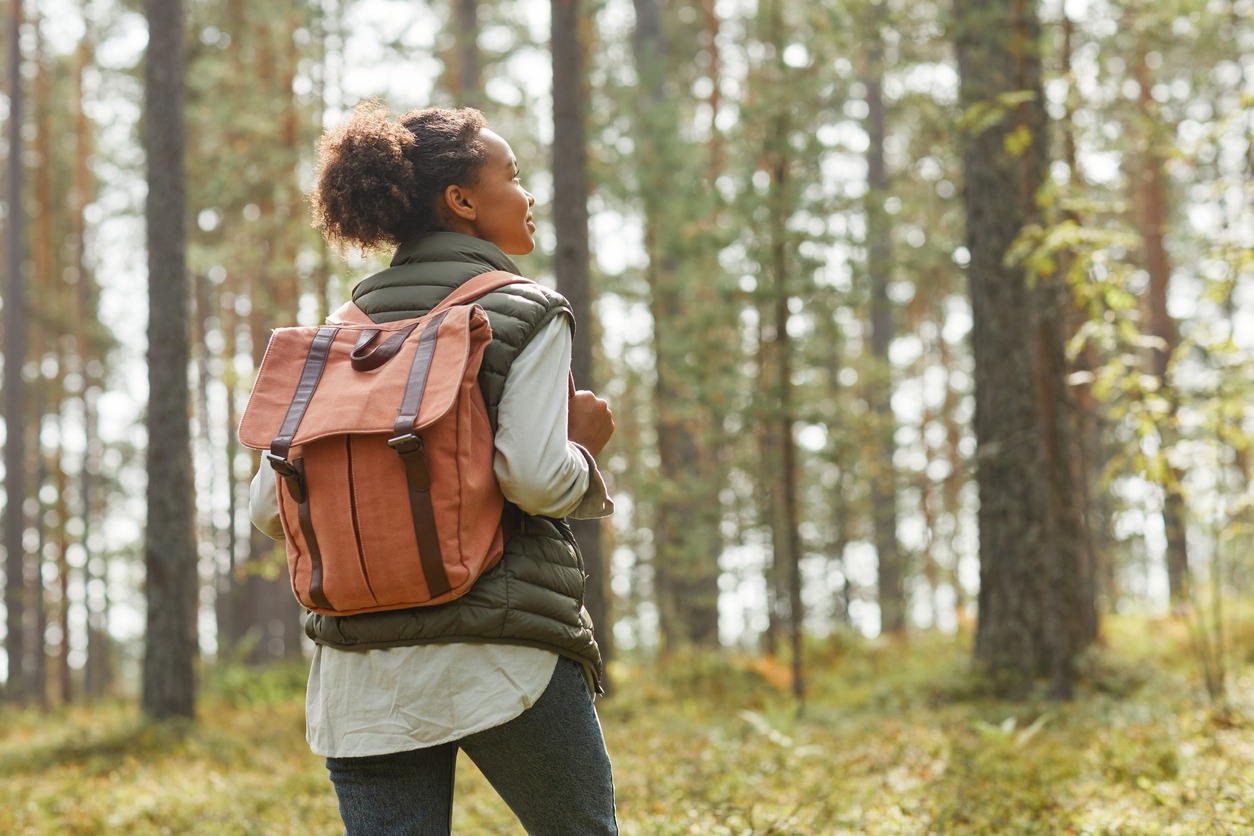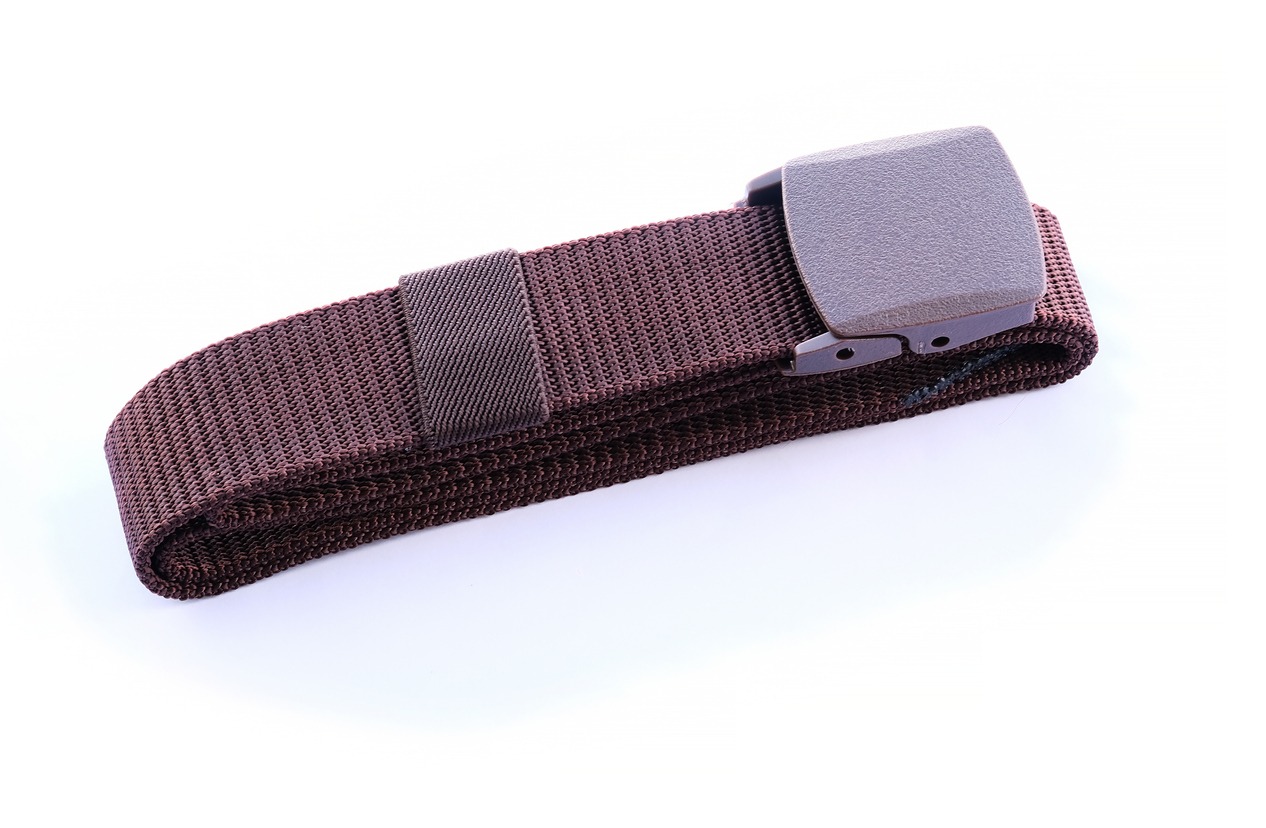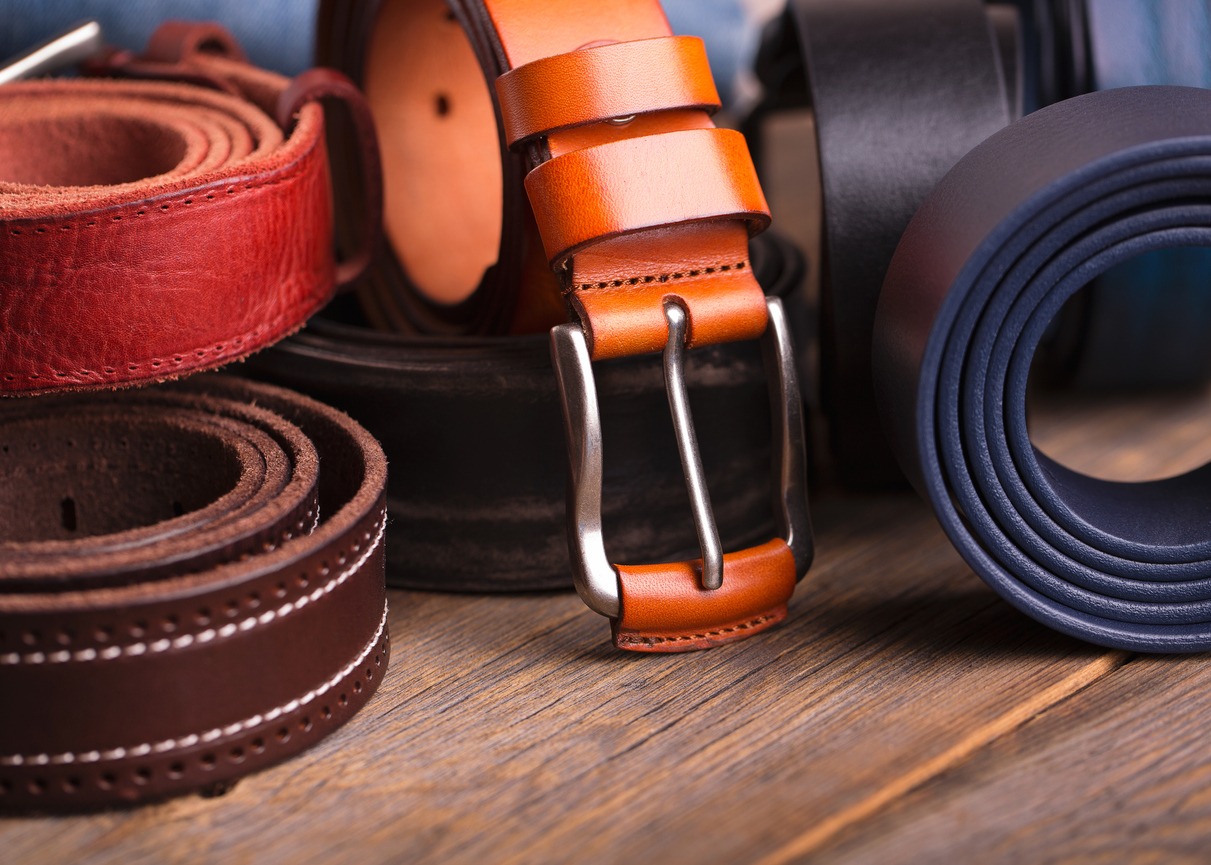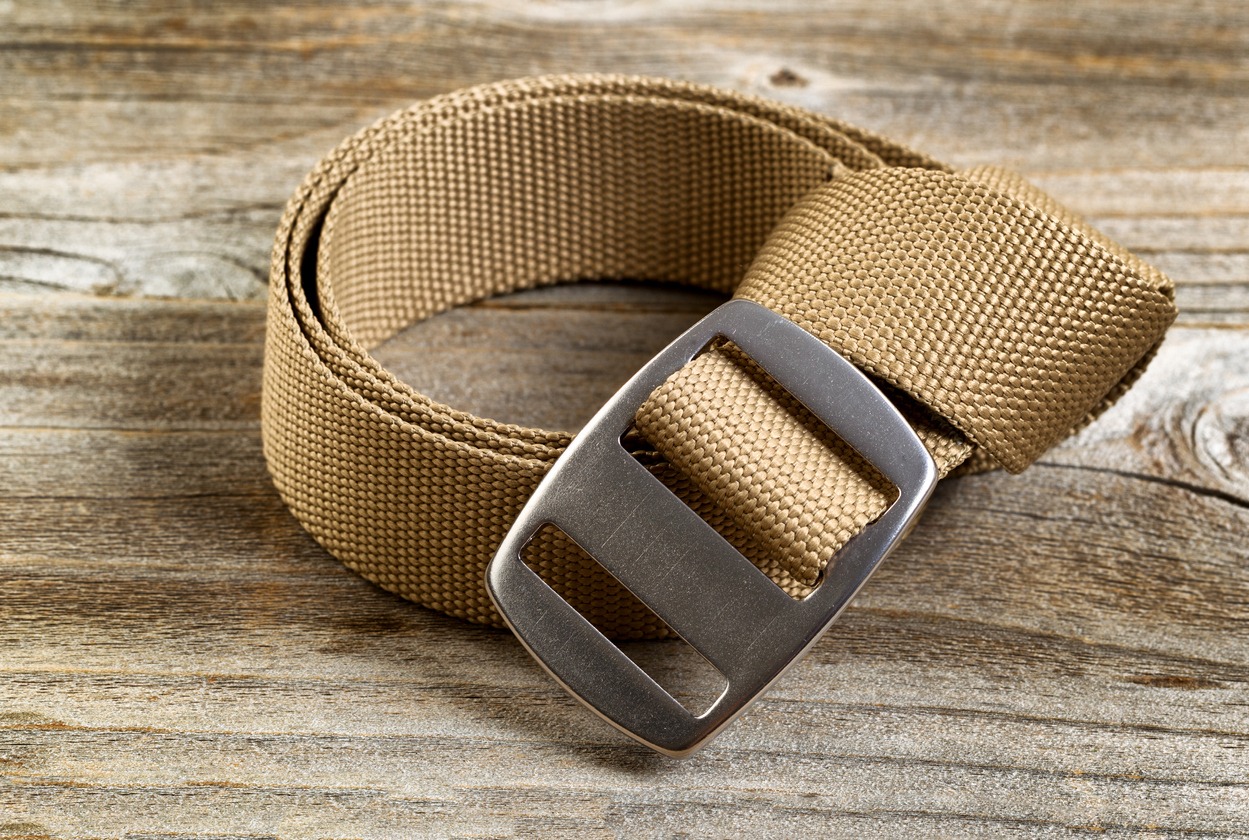A hiking belt is as important as the hiking location. It is important for carrying hiking essentials. Without adequate preparation, hiking can become your worst nightmare. Therefore, there are several essentials you need to consider, along with the most suitable hiking belt. A hiking belt is supposed to keep your essentials in place and provide confidence throughout the hiking experience.
With a huge variety available in the market, choosing the perfect one can become confusing. At the same time, you need to be careful about the essentials as well. Therefore, in this article, we are going to share some of the best hiking belts along with the essentials you need for the perfect hiking experience. Let’s begin.
What is a Hiking Belt?
When hiking, it is vital that you wear gear that keeps everything in place. A hiking belt is a specialized belt that helps you keep your pants up when you go hiking. These belts are usually lightweight and low-profile, meaning they are not too prominent while also doing their job efficiently. These belts can also be used to attach gear if you are carrying too many items.
If you purchase a good hiking belt, you will be able to keep all of your clothing in place and also maximize its use. When purchasing a hiking belt, it is essential that you purchase one that is easy to wear, lightweight, and does not inhibit mobility. Otherwise, instead of helping you, the belt will prevent you from moving freely.
Materials Used To Make Hiking Belts
When purchasing a hiking belt, a very important step is to consider the material it is made of. Ensure that you do not choose a material that is too heavy. Otherwise, it may feel like a burden. Hiking belts are usually made using either nylon or polyester. If you want something that is a bit more durable, you can choose to purchase a belt that is made using leather. Other materials used to make hiking belts include carbon fiber and canvas.
Some of the basic requirements of hiking belts are that they are durable, flexible, comfortable, and functional. If your belt material fulfills all these requirements, you will be able to wear it without any issues.
Nylon and polyester
Nylon and polyester are two of the most popular synthetic materials that are used for outdoor clothing and gear. They are also the top materials used in manufacturing hiking belts. Both materials are incredibly lightweight, which makes them flexible and comfortable to wear. Of the two, nylon is lighter. They are also durable, abrasion resistant, and overall extremely strong. These materials are also much cheaper than natural materials such as leather.
When used to make gear, nylon and polyester are often blended with materials such as rubber, spandex, elastodiene, and other materials. These materials allow the hiking belt to be stretchable, hence increasing its flexibility. With increased flexibility, you can have a comfortable and individual fit.
In comparison, nylon has much more elastic recovery properties as compared to polyester. Still, it also absorbs more water, which can make it heavy if exposed to rain. If you purchase a nylon hiking belt, ensure that it is treated with durable water repellent to avoid such issues.
Leather
Leather is a traditional belt material, which is why it is also used for hiking belts. Leather is a natural material and is the preferred material for making belts for many reasons. One of the biggest reasons is that leather is a stretchable material. When you stretch a leather belt, not only is it flexible enough to stretch, but it also retains its shape. Leather is also highly durable and abrasion resistant. Due to these qualities, many prefer leather belts over others.
One of the disadvantages of leather belts is that they are thicker and heavier than all other kinds of synthetic belts. It also needs a sturdy buckle, making it even heavier. Despite these disadvantages, leather is an extremely popular choice because it can last you years if you take care of it properly.
What To Consider When Purchasing a Hiking Belt
When you go to purchase a hiking belt, it is easy to get confused by all the choices available. Not only do you have options between materials, but also the length, the kind of buckle, and more. To get a belt that fits your needs best, you must consider the type of belt you need. Since you will be wearing the belt, it is crucial that you feel comfortable and secure in it. Here are a few factors you should consider before making your choice.
Length and Width
When purchasing belts of any kind, picking one with the correct length and width is vital for functionality and convenience. Belt lengths come in a huge variety. You can find ones 71 cm or even shorter for small and petite people and even those 140cm to above. When choosing a hiking belt, ensure that the length of the belt fits you well and is not too long. Although some may prefer a longer belt instead of a short one, long belts have disadvantages. Only choose a long belt if it is made of a material that can be trimmed. That way, if you decide that the belt is too long, you can easily shorten it.
Additionally, you should look for a belt with a micro-adjustable belt buckle. Such belts allow for better flexibility and fit you even if you gain or lose weight. Wearing a belt that is too long is usually neither comfortable nor very aesthetically pleasing. When choosing a belt, a rule is to look for one that is around 15 to 20 cm longer than your waistband.
There are relatively much fewer choices when it comes to the width of a belt. Very few belts are 4cm thick, which is the widest design. The reason why there are a lot fewer options for wider belts is that most pants are designed to accommodate narrower belts. Due to this, they have narrower belt loops. Most belts are 3.75cm to 3.8 cm wide and can fit most trousers and shorts, meaning you can use them for various activities.
Weight
The weight of the belt is another essential consideration that you should consider. If you already carry a lot of hiking gear, you do not want another heavy item weighing you down. Generally, belts that are made using synthetic materials are much lighter. On the other hand, leather hiking belts are much heavier. The weight depends on the belt’s length, width, and buckle alongside the material.
When purchasing a hiking belt, it is always a good idea to purchase a lightweight belt. The weight is especially important for those who indulge in trail running, hiking, and long-distance backpacking. On the other hand, if you want a hiking belt for short distances and survival camping, the weight does not matter as much as the durability.
Buckle
When purchasing a hiking belt, the buckle on the belt is an essential factor to consider. A buckle is a mechanism that allows you to fasten the two ends of the belt together. There are various different kinds of buckles available on the market. The more classical designs are simple, while more modern buckles come with devices that allow micro-adjustability. Here are a few prominent kinds.
| Buckle Type | Description |
| The Conventional Belt Buckle/ Tongue Buckle | The conventional belt buckle is constructed using a frame, bar, and prong. It is the most common type of buckle and is very easy to use. In such buckles, the belt goes through the buckle, and the prong fastens in the holes to keep it at a certain length and tightness. |
| Quick-Release Buckle | A quick-release buckle is commonly found in military and tactical belts because it allows you to fasten and release the belt rapidly. Non-metallic quick-release buckles are very popular among outdoor lovers. These belts have protruding surfaces, which can impact long-term durability and comfort. |
| Flip Closure Buckle | A flip closure buckle does not have any buckles. Instead, it uses a flip-flop mechanism that has teeth on the underside of the belt. These are usually worn with casual clothing, but you can also use them when you are hiking. These buckles work best if your belt has a textured band, as it allows more grip for the buckle to hold onto |
| Webbing buckles. | Webbing buckles are a popular kind of buckle with a simple and practical design. They have one loop at one end through which you weave your belt. These buckles are suitable for general outdoor use, but you can also wear them casually. |
| Friction buckle | Friction buckles work pretty similarly to buckles on bag straps that allow you to control their length. These are the most straightforward kind, as it is a single piece that does not require any friction to keep things in place. The only downside to these buckles is that removing them completely is a tricky process, as you will need to unthread the buckle completely. |
| Hook and eye buckle | Hook and eye buckles are usually found in ultra-lightweight designs. They are opened and closed by connecting a hook and an eyelet. The hook usually integrates a friction buckle that allows you to control how tight the belt is. |
Price
Due to the various different kinds of belts available on the market, the price range for hiking belts is also relatively high. You can get belts that are as cheap as $5, or those that cost you over $100. The difference between them will be the material and their built quality. Belts for $5 will be extremely cheap, generic, and made using synthetic material. On the other hand, if you decide to splurge on a high-quality belt, you can get a high-quality one made using leather and embossed with a brand label.
Suppose you want something sturdy that is not too expensive. In that case, you can easily find one that is decently reliable between the $30 and $50 price range. More rugged and tactical belts are usually more expensive and can cost anywhere between $80 to $100.
Durability
The durability of a hiking belt is of extreme importance. When purchasing a hiking belt, ensure that the belt can withstand the rough outdoors without getting torn or damaged. One of the best ways to ensure that the belt you are purchasing is durable is to check the fabric density. High-denier fabrics and one-piece buckles make up the most durable belts, as there are no breakable components.
Additionally, the belt should also be machine washable. This feature is much more critical when you purchase synthetic fabric belts. Since they are bound to get dirty, you should ensure they can be washed in the washing machine without an issue. Additionally, machine-washable materials are usually able to deal with repeated soaking and rough treatment in the wash, ensuring their durability outdoors.
Comfort
When purchasing a hiking belt, ensuring that it is comfortable is extremely important. When you are outdoors, even if one piece of equipment or hiking gear is uncomfortable or does not fit you right, you will not enjoy yourself. It can also have much more severe ramifications if you are into technical climbing or other dangerous sport where a malfunction can have serious consequences.
The size of the belt and its construction has a significant impact on how comfortable a hiking belt is. When purchasing one, ensure that it has rounded edges and an overall slim outward profile. A belt with protruding latches or parts is generally uncomfortable. Complex buckles are also uncomfortable because their mechanisms tend to protrude.
How comfortable a belt depends on the person wearing it. Many suggest that you should always try on a hiking belt before you purchase it. This helps select the perfect size and length and to gauge how comfortable it is.
FAQs
Should I wear a belt while hiking?
A hiking belt is essential while hiking because it allows you to keep your gear in place and prevents any accidents from happening.
What belt lasts the longest?
If you are in the market for a high-quality and durable belt, you should purchase a full-grain leather belt. These are heavy-duty belts made using high-quality leather that can be passed down from generation to generation. A second option can be top-grain leather.
Are nylon belts suitable for hiking?
Yes. Nylon belts are suitable for hiking as the material is highly durable. It resists marks and abrasions and does not shrink or wrinkle. Additionally, if you get it wet, it dries quickly.
Conclusion
Among other items when hiking, such as a first aid kit and hiking boots, hiking belts are also extremely important. When purchasing hiking belts, you must choose ones in which you feel comfortable. There are a variety of hiking belts available in the market, but not all of them will suit you. Ensure that you pick one that is made using the right kind of material, is durable, has the right length, and is lightweight.



